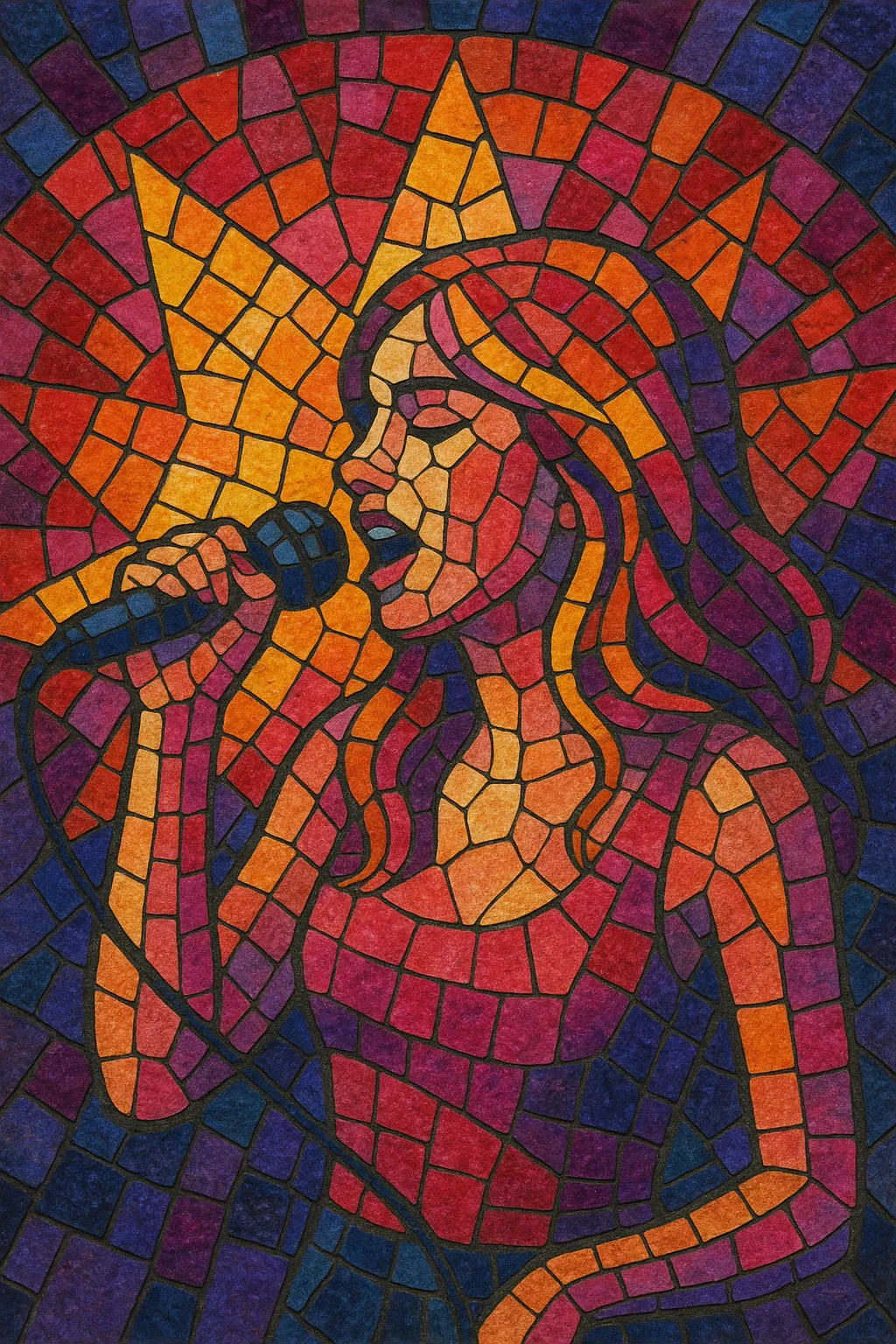Pop is a broad, hook-driven style of popular music designed for wide appeal. It emphasizes memorable melodies, concise song structures, polished vocals, and production intended for radio, charts, and mass media.
While pop continually absorbs elements from other styles, its core remains singable choruses, accessible harmonies, and rhythmic clarity. Typical forms include verse–pre-chorus–chorus, frequent use of bridges and middle-eights, and ear-catching intros and outros.
Pop is not defined by a single instrumentation. It flexibly incorporates acoustic and electric instruments, drum machines, synthesizers, and increasingly digital production techniques, always in service of the song and the hook.
Pop crystallized in the mid-1950s United States and United Kingdom as the mass-market evolution of earlier "popular" song traditions. It drew on traditional pop and Tin Pan Alley songcraft, the rhythmic drive of rock and roll and R&B, the harmony and vocal blend of doo-wop and gospel, and the performer-focused presentation of jazz and swing-era crooners. The recording industry, radio formats, and television variety shows helped codify a sound optimized for singles and chart success.
In the 1960s, groups like The Beatles set new standards for melodic craft and studio experimentation, aligning pop with rock innovations while keeping mass appeal. Brill Building writers systematized hit-making, and Motown merged soul grooves with pop structures. The 1970s diversified pop with singer‑songwriters, disco’s dancefloor sheen, and soft rock’s radio polish. The 1980s, powered by synthesizers, drum machines, and MTV, elevated the pop superstar era—visual identity, high-budget videos, and stadium-scale choruses became central.
The 1990s saw Swedish and American hit factories refine ultra-hooky dance-pop and teen pop, while boy bands and girl groups dominated charts. Pop freely fused with hip hop and R&B, birthing pop-rap crossovers and sleek vocal production. In the 2000s, digital audio workstations, Auto-Tune, and global media platforms accelerated pop’s international reach, creating worldwide stars and standardized high-gloss sound design.
Streaming reshaped song forms toward immediate hooks, shorter runtimes, and attention-optimized intros. Pop absorbed EDM drops, trap hi-hats, Afrobeats grooves, and Latin rhythms, while micro-scenes (indie pop, hyperpop) pushed timbral and structural boundaries. Today, pop functions as a global lingua franca of melody and production, continually redefined by cross-genre collaboration and platform-driven listening.


